Bignonia venusta, commonly known as the Golden Trumpet Vine or Yellow Bignonia, is a tropical flowering plant native to South America. It is a member of the Bignoniaceae family, which includes many species of climbing or trailing vines known for their vibrant flowers. Here is a detailed description of Bignonia venusta:
- Appearance: Bignonia venusta is a vigorous, evergreen or semi-evergreen vine that can reach impressive lengths. It produces long, slender stems that climb or sprawl along supports or structures. The leaves are pinnately compound, consisting of multiple leaflets that are glossy, ovate to lanceolate in shape, and arranged oppositely along the stem.
- Flowers: The most striking feature of Bignonia venusta is its large, showy flowers. They are trumpet-shaped and typically measure around 3 to 4 inches (7 to 10 centimeters) in diameter. The flowers are a brilliant golden yellow color, hence the common name “Golden Trumpet Vine.” They often appear in clusters, creating a stunning display of color.
- Blooming Period: Bignonia venusta tends to flower profusely during the warmer months, typically from late spring to fall. The exact blooming period may vary depending on the growing conditions and climate.
- Climbing Habit: This vine has a climbing habit and uses aerial roots or tendrils to attach itself to supports like trellises, fences, or walls. It can reach heights of 20 to 30 feet (6 to 9 meters) or more, given appropriate support. The vine’s vigorous growth and ability to cover large areas make it ideal for creating screens or providing shade.
- Preferred Growing Conditions: Bignonia venusta thrives in warm, tropical or subtropical climates. It prefers full sun to partial shade exposure for optimal growth and flowering. The vine is adaptable to different soil types but generally prefers well-draining, fertile soil. It benefits from regular watering to keep the soil moist but not waterlogged.
- Pruning and Maintenance: Regular pruning is recommended to control the size and shape of Bignonia venusta. Pruning can be done in late winter or early spring before new growth emerges. It is important to remove dead or damaged branches and shape the vine as desired. Additionally, providing a sturdy support structure for the vine to climb on is essential.
- Wildlife Attraction: The bright, trumpet-shaped flowers of Bignonia venusta attract pollinators such as bees, butterflies, and hummingbirds. The vine’s nectar-rich flowers serve as a food source for these creatures, contributing to the local ecosystem.
It’s worth noting that while Bignonia venusta is a beautiful and popular vine in tropical and subtropical regions, it can be invasive in certain areas. Therefore, it’s essential to check its invasive potential and suitability for your specific location before planting.

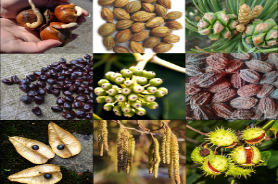





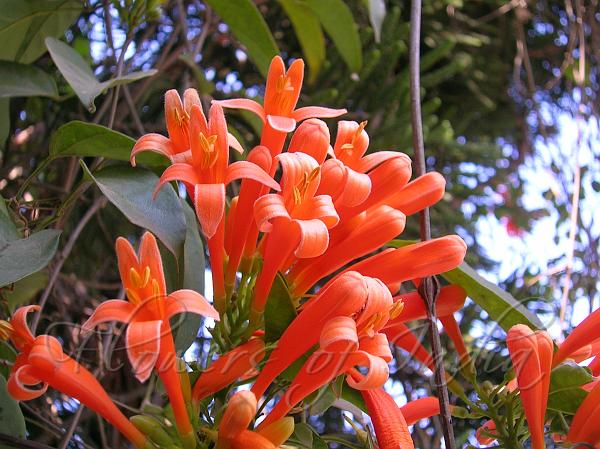
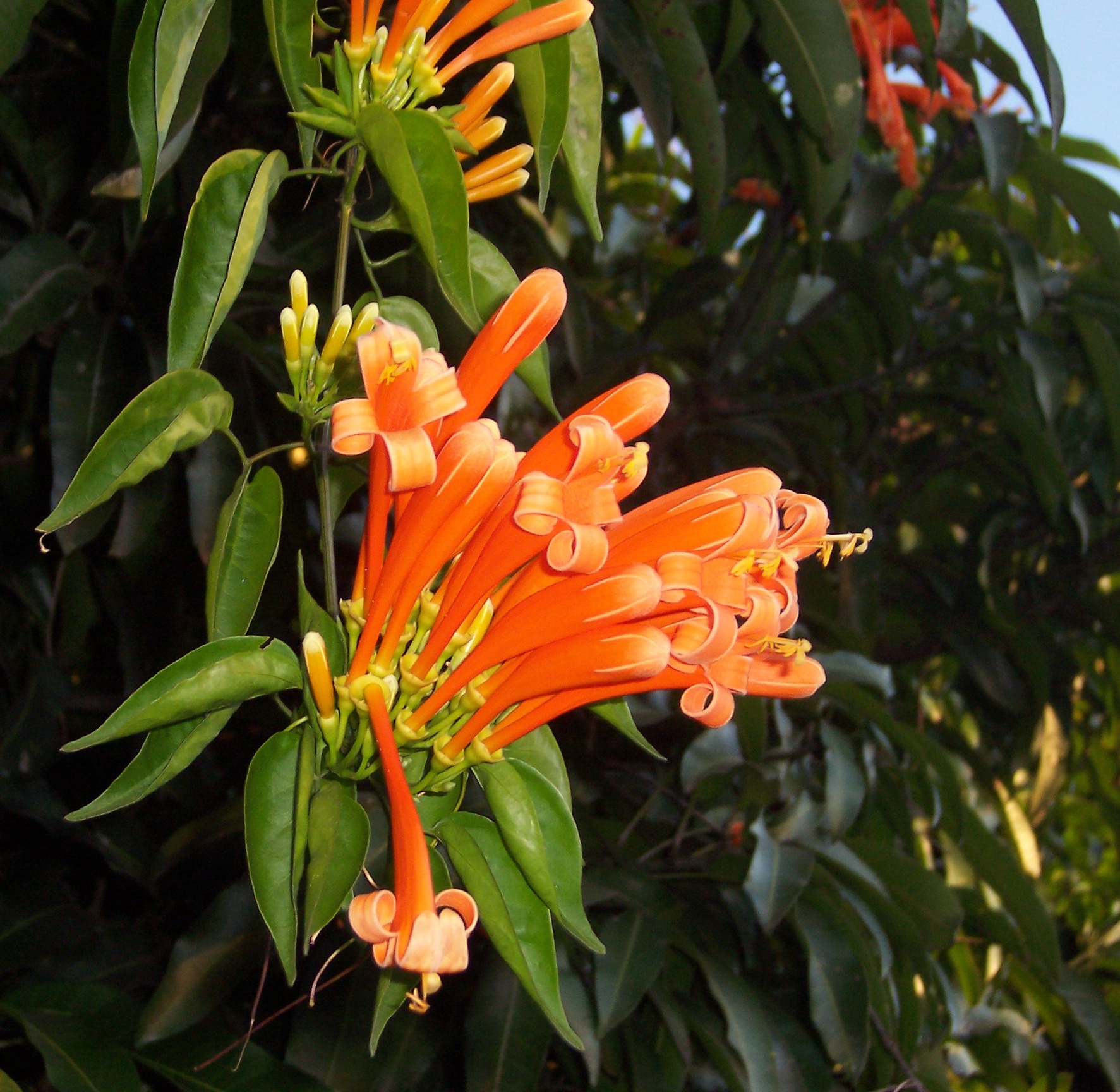
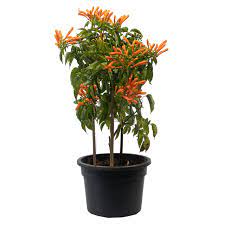
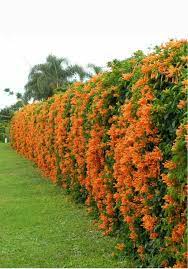

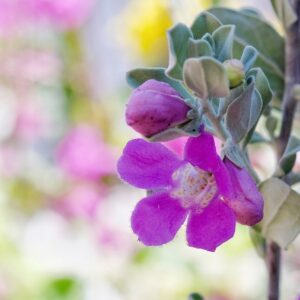
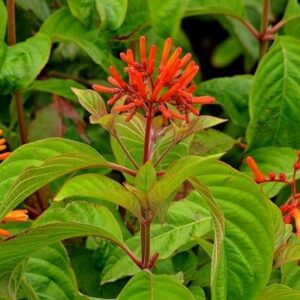

Reviews
There are no reviews yet.